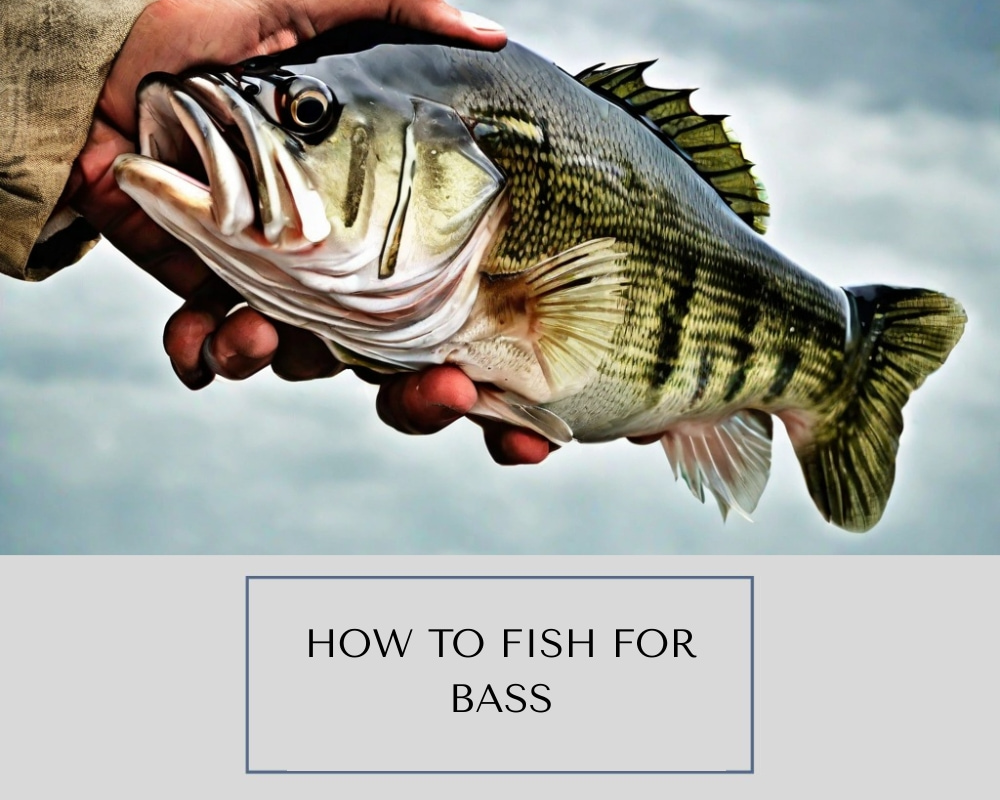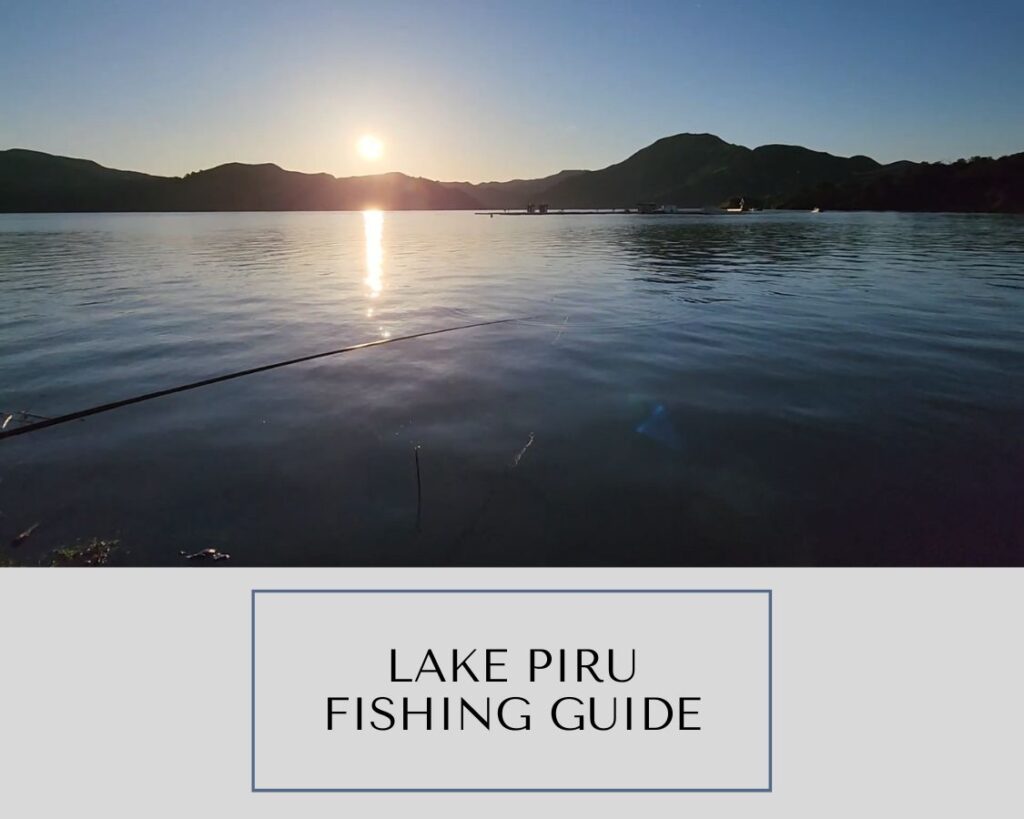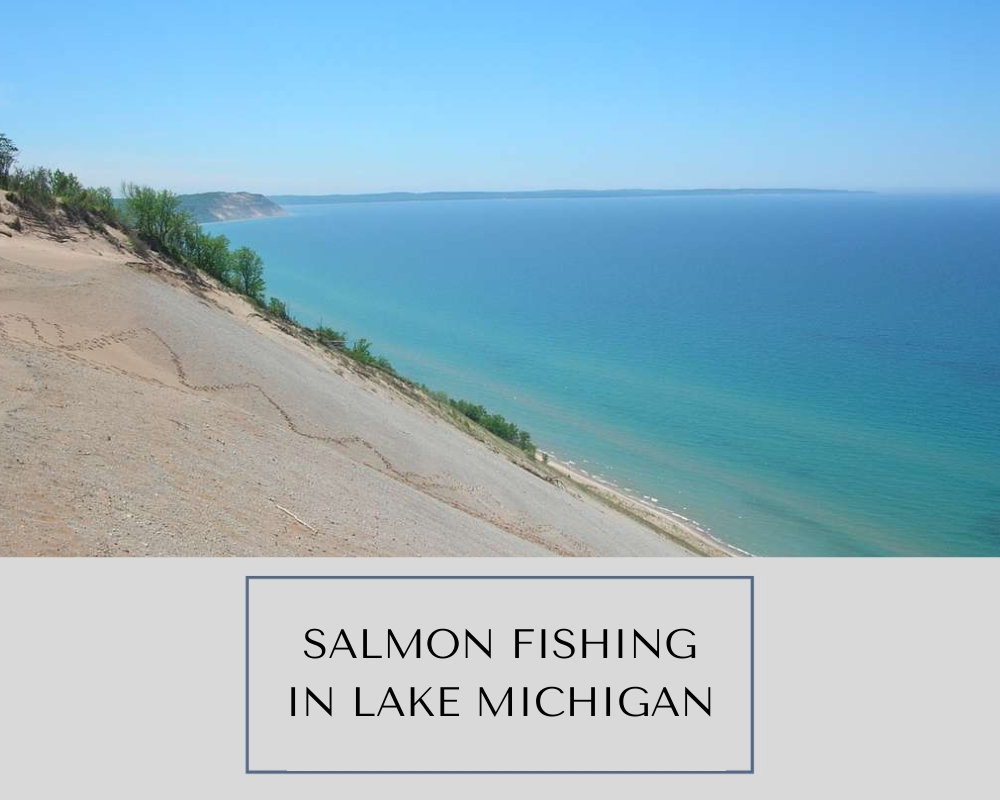From a simple necessity and a casual pastime to evolved into an industry worth millions, bass fishing has been a journey. But modern-day bass fishing is more than just throwing a line into the water and hoping for a bite. It’s an exhilarating chase demanding a profound understanding of the species, significant tactics, and, above all, truckloads of patience. We will provide an in-depth guide for you to decode the world of bass fishing. Let’s dive in!
Types of Bass
Bass fishing in North America showcases an abundance of species, but three of them stand out due to their popularity among anglers.
Largemouth Bass
Largemouth bass, as the name suggests, are known for their wide, gaping mouths that stretch past their eyes. These fish are among the most sought-after among fishing enthusiasts because of their hefty size and aggressive behavior during the catch. Additionally, they are also renowned for their distinctive jump out of the water when struggling against the fishing line, elevating the thrill of the catch.
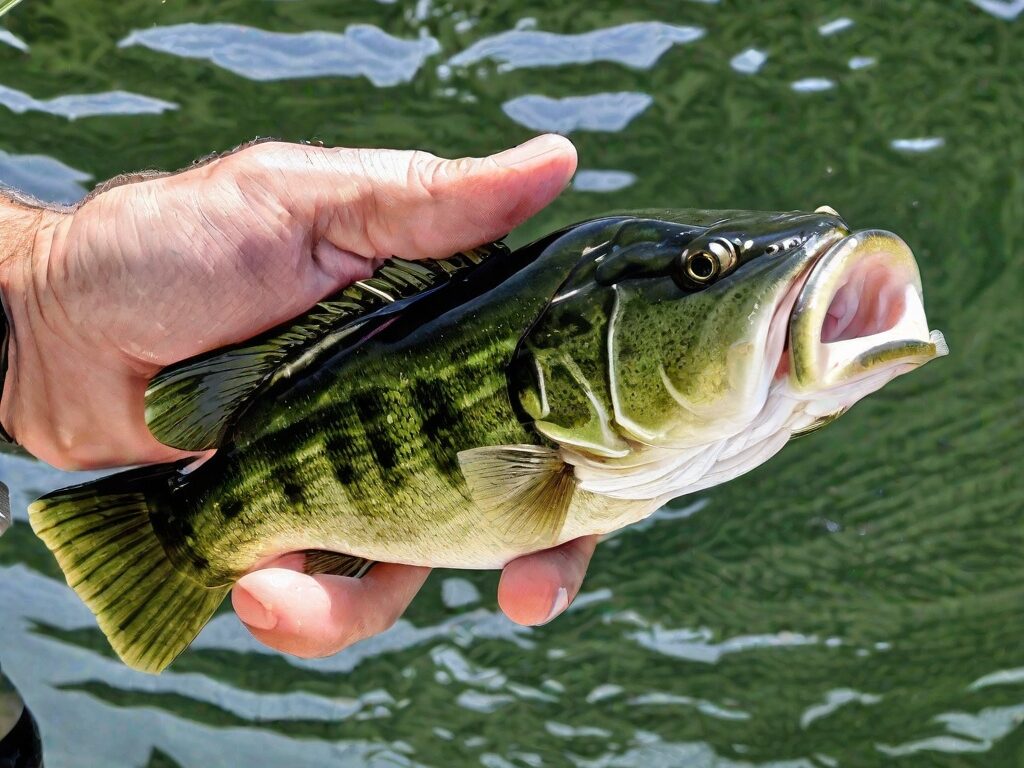
Smallmouth Bass
Smallmouth bass, though smaller in size than their largemouth counterparts are highly prized by anglers all over due to their fierce resistance when hooked. Known to be a feisty fish, they are infamous for their acrobatic jumps and pulling strength that offers a sheer challenge even to experienced anglers, making every smallmouth catch a memorable one.
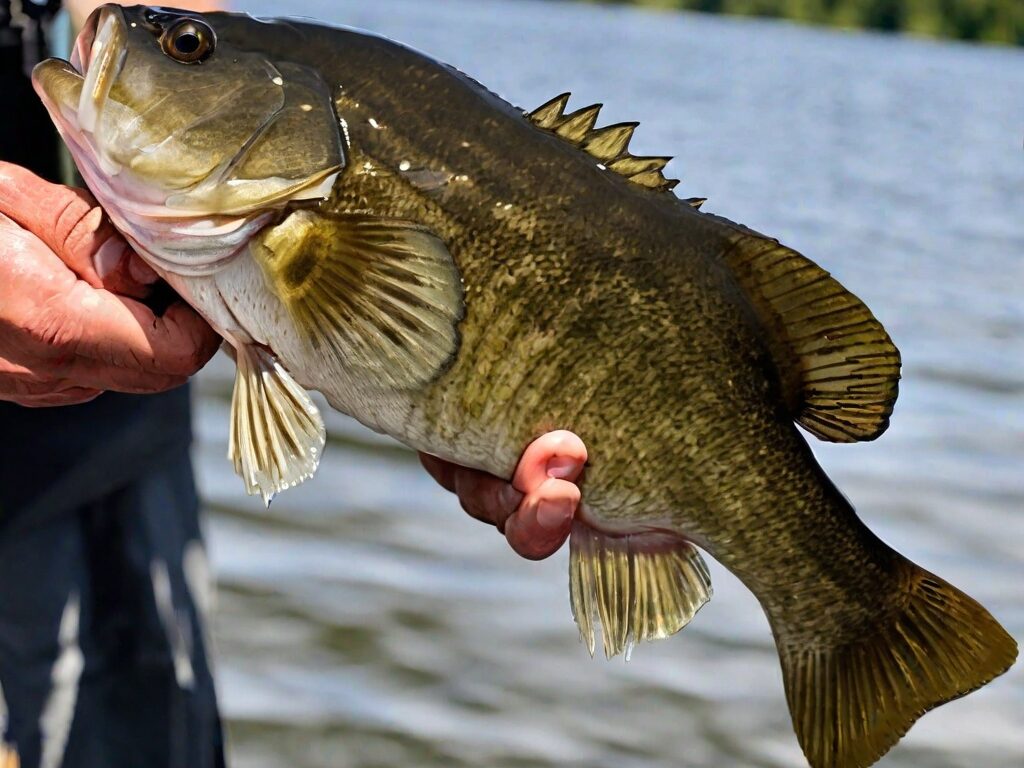
Spotted (Kentucky) Bass
Spotted bass, also known as Kentucky bass, are smaller but similarly make up for their size with tenacity and fight when hooked – a prime reason they have a secure place in the angler world. They’re characterized by their spotted, or stippled, scales, hence the name.
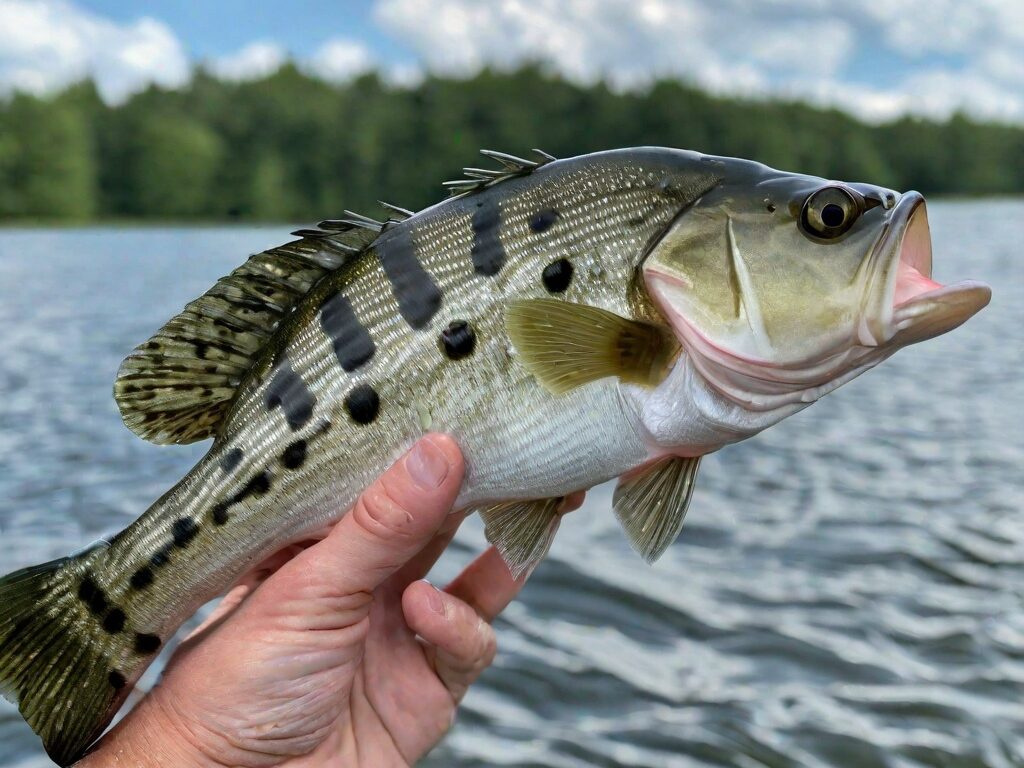
Top Bass Fishing Spots
➣ United States
The US is a bounty for bass anglers, with an extensive range of bass fishing spots from coast to coast. The southern part of the nation is brimming with well-stocked waters, including the bass-rich waters of Toledo Bend on the Texas/Louisiana border, boasting trophy Largemouths. Furthermore, lakes such as Lake Guntersville in Alabama are renowned areas known to offer generous bass catches, offering a mecca for anglers countrywide.
➣ Canada
Canada’s colder waters are teeming with smallmouth bass, attracting anglers worldwide. Known hotspots include Lake Simcoe in Ontario, a haven for smallmouth bass, and St. Lawrence River, providing bountiful opportunities year-round.
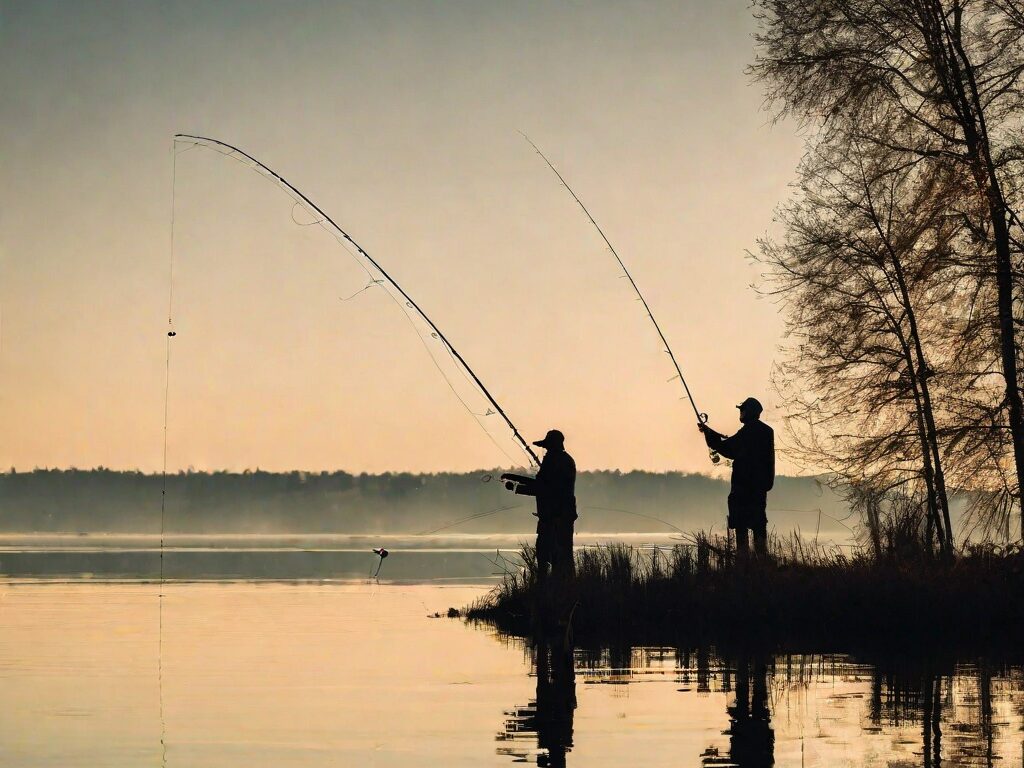
Essential Bass Fishing Tips
➣ Know the Behavior of Bass
Understanding bass’s behavior is an advantageous factor while bass fishing. Bass are notorious for seeking shelter during the daylight hours, often hiding under cover and vegetation to keep away from possible threats. They are more active during their feeding times that coincide with the early dawn and late dusk – something every angler should keep note of.
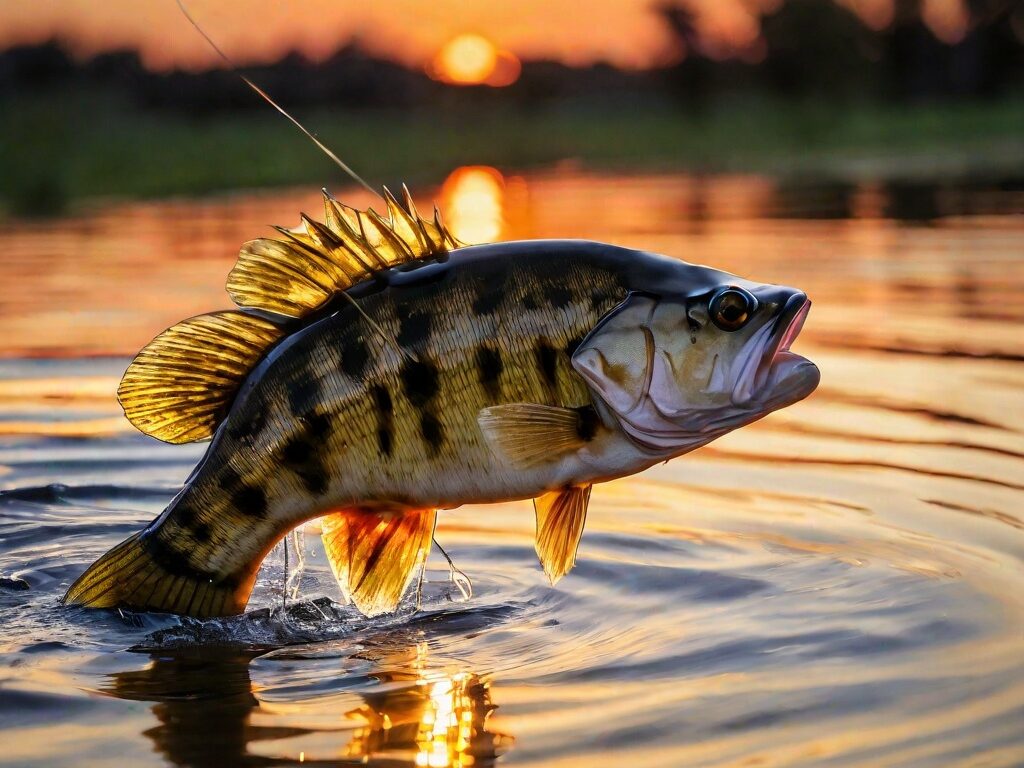
➣ Use the Right Fishing Gear
Your fishing gear is your arsenal in any bass fishing endeavor. The difference between a rewarding catch and an empty-handed return can sometimes lean on your choice of the right rod, reel, line, and, most importantly, the perfect choice of baits or lures. Depending on the species of bass, the nature of the water body, and the climatic conditions, the suitable equipment could vary, making it essential to understand what works where.
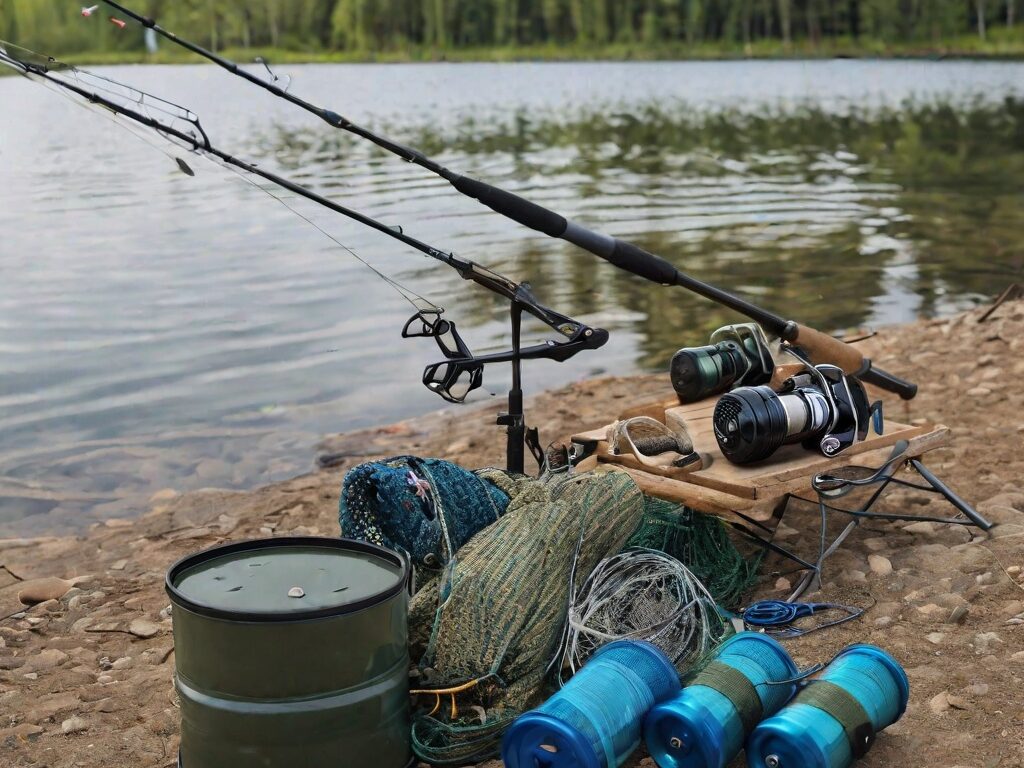
➣ Master the Casting Techniques
Casting is an integral part of bass fishing. Mastering varied casting techniques like flipping, pitching, and skipping can exponentially improve your chances of a successful fish catch. It is all about delivering the lure to the right spot without spooking fish away. So, a well-placed cast is a product of practice and an understanding of the water currents and habitat.
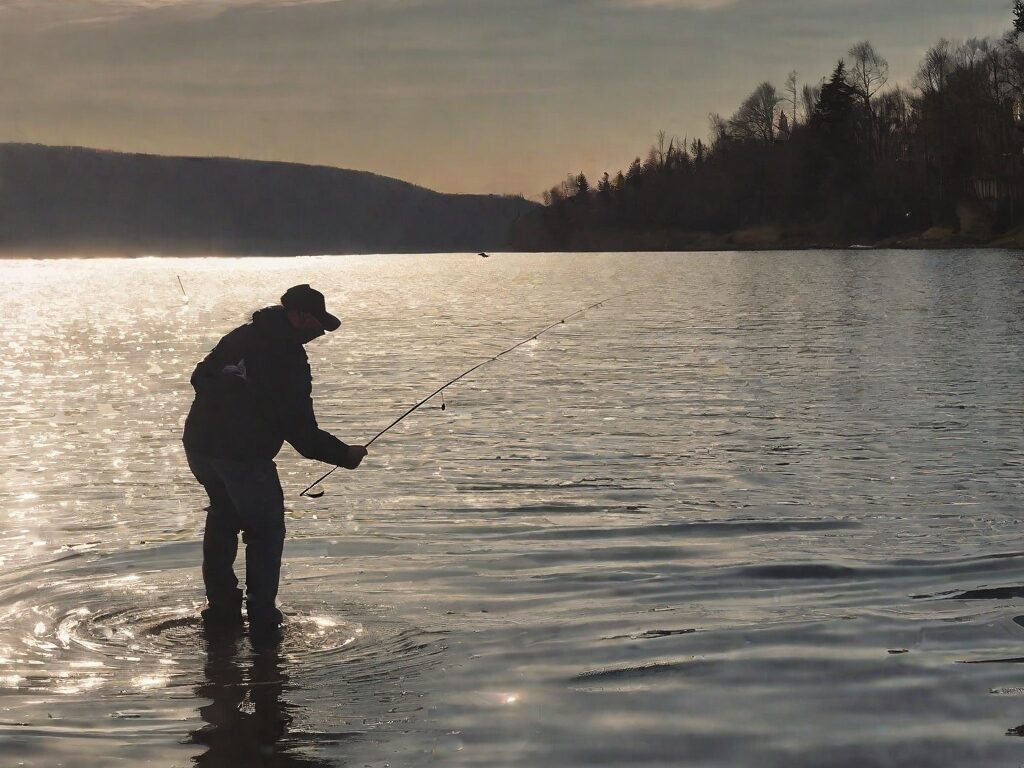
Bass Fishing Techniques
Multiple techniques can be utilized while bass fishing, each catering to different circumstances, such as:
- Flipping and Pitching: These close-range casting techniques are best for targeting bass hiding in dense cover.
- Crankbaiting: Ideal for covering a large amount of water, this technique involves quick retrieval of the bait for an aggressive response from the bass.
- Spinnerbaiting: This technique can be particularly effective in cloudy waters or low-light conditions, attracting bass with movement and vibration.
Learning, understanding, and mastering these techniques can significantly augment your bass fishing experience.
Best Baits and Lures for Bass Fishing
Victory in bass fishing greatly relies on choosing the right bait. Artificial lures like crankbaits, spinnerbaits, topwater lures, and rubber worms are some of the widely used ones. Live baits, too, hold a special place, especially minnows and worms.
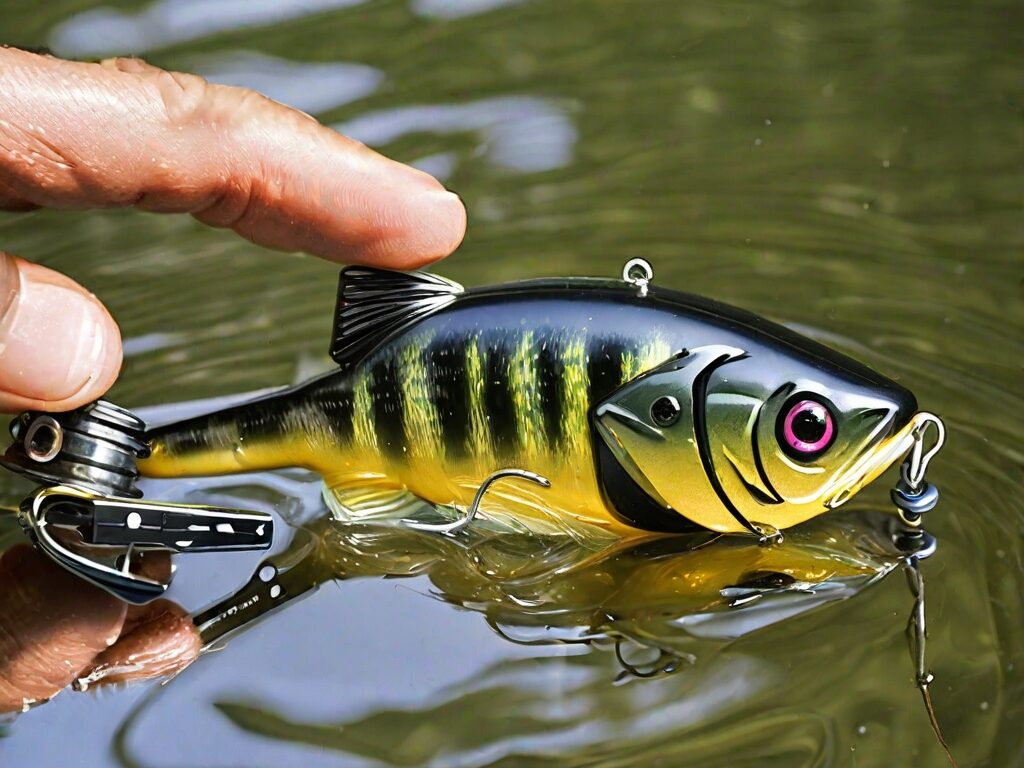
Catch and Release: Ethical Bass Fishing
With the popularity of bass fishing increasing exponentially, following ethical fishing practices is more critical than ever.
➣ Why Practise Catch and Release
Practicing catch and release ensures the survival of the bass population and helps maintain a balanced ecosystem. Even more, it allows other anglers to enjoy the same thrill of the catch that you experience.
➣ How to Practise Catch and Release
Catch and release, when done right, can ensure the fish’s survival. The key is to handle the fish as little as possible and keep it in water as much as you can. Wetting your hands before handling the fish, using barbless hooks, and removing the hook gently can help reduce stress and injury to the fish.
Common Misconceptions about Bass Fishing
There are many misconceptions about bass fishing that can hinder an angler’s success. One common myth is that bass are only caught in warm weather. While bass do tend to be more active in warm conditions, they can also be caught in cooler months with the right strategy.
Moreover, it’s always alleged that bass only bites at dawn or dusk. Although these are their peak feeding times, bass can still be active throughout the day, especially on cloudy days or in waters with plenty of cover.
Remember, understanding and debunking such misconceptions can pave the way to a successful angler journey.
Importance of Water Temperature in Bass Fishing
Water temperature has a significant effect on bass behavior and can influence their feeding patterns, spawning, and overall activity.
Bass are cold-blooded creatures, meaning their body temperature and activity level are directly influenced by the surrounding water temperature. As the water temperature changes with the seasons, it’s essential to understand how this impacts bass behavior and adjust your strategies accordingly.
For instance, during spring, as water temperatures increase, bass become more active and often move to shallower waters to spawn. Conversely, in colder temperatures, the metabolism of bass slows down, causing them to feed less and stay in deeper waters.
| Behavior | Preferred Water Temperature Range for Bass |
|---|---|
| Most active feeding | 60°F – 75°F (15.5°C – 24°C) |
| Spawn (Largemouth Bass) | 55°F – 60°F (12.7°C – 15.5°C) |
| Spawn (Smallmouth Bass) | 60°F – 65°F (15.5°C – 18.3°C) |
| Spawn (Spotted Bass) | 55°F – 64°F (12.7°C – 17.7°C) |
| Winter pattern (less active) | Less than 50°F (10°C) |
Bass Fishing Tournaments
Bass fishing tournaments create an exciting and competitive environment for seasoned anglers. These tournaments have gained popularity due to the thrill they offer, pushing anglers to showcase their best strategies and techniques.
Contests like the Bassmaster Classic and the FLW Tour have drawn thousands of participants and spectators over the years. These tournaments not only foster a spirit of competition but also contribute to promoting responsible fishing practices and bass conservation.
Conclusion: The Art of Bass Fishing
Bass fishing is indeed an art, a passion that takes you closer to nature, arms you with knowledge and patience, and rewards you with the thrill of the chase. With a deeper understanding of bass, equipped with apt gear, and consciousness about responsible practices, anyone can live this adventure that’s bass fishing.
This guide is only the beginning, the surface of the sweeping world of bass fishing. For every expedition you embark on, the waters will whisper more secrets and add strokes to your painting of the bass fishing experience.

